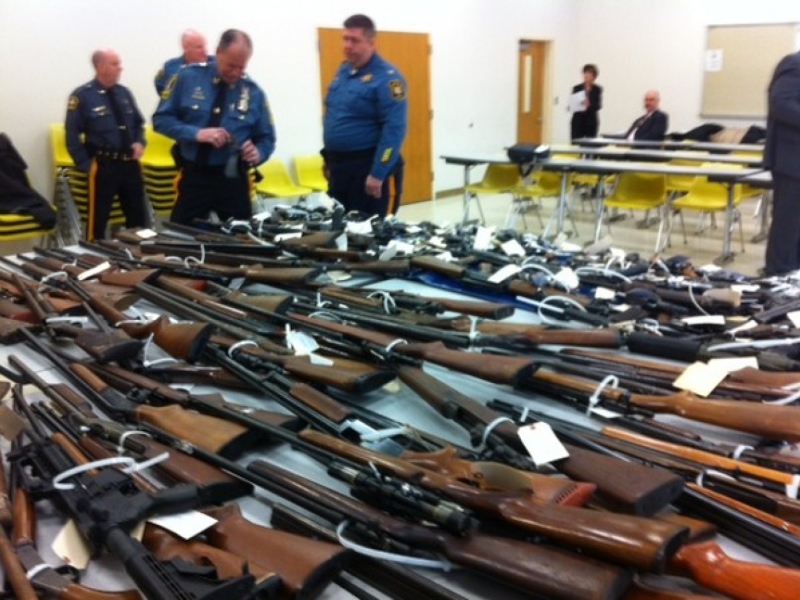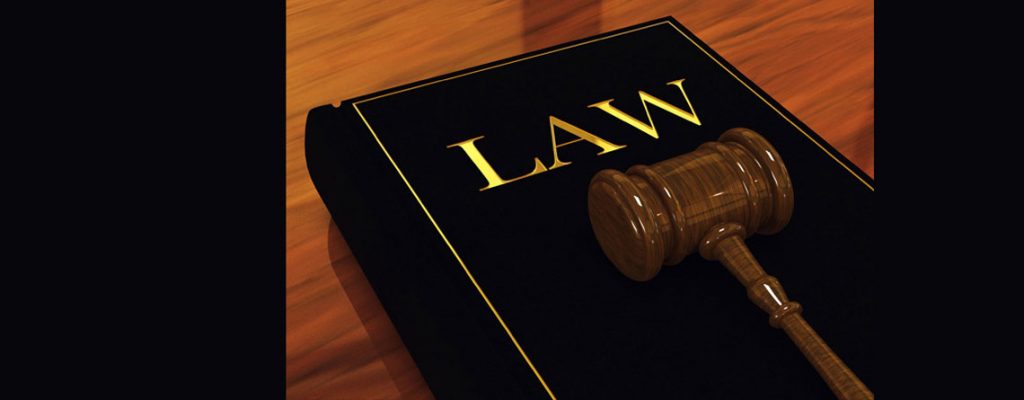Domestic violence and domestic assault includes any behavior used to assert control over somebody in your household. Victims of domestic abuse can include spouses, domestic partners, girlfriends or boyfriends, and family members. While most people think of physical violence when they think of domestic assault in Canada, the crime can also include aggressive behavior such as stalking. Everybody should know how to identify domestic violence and what steps they can take to end it.
Domestic Violence as a Form of Control
Regardless of its form, all domestic violence is harmful behavior designed to control an intimate partner or family member. This often includes physical abuse, but can also include coercion, threats, sexual abuse, and economic abuse. An abuser does not set out to commit felony domestic assault, but rather identifies the method that most effectively allows control over another individual. Domestic violence and assault in a physical manner often works because it keeps the other person from retaliating or speaking out for fear of more pain. Emotional or sexual abuse can cause that same fear. In many cases, the abuser controls the family finances, preventing escape and adding economic abuse to the tactics used by somebody guilt of assault and domestic violence charges.
The Difference between Simple Assault and Domestic Violence
Is a simple assault the same as domestic violence? In many cases, the answer is no. In two similar cases of physical assault, one defendant might face assault charges while the other might need a domestic assault lawyer. The deciding factor in these cases is usually the defendant’s relationship to the victim. A person who faces domestic assault charges in Ontario has allegedly committed an assault against an intimate partner, child, or dependent. Despite the crimes themselves being very similar in terms of execution, individuals who fail to defend against domestic assault charges usually face steeper penalties. In matters of simple assault vs domestic violence, the identity of the victim matters a great deal.
Domestic Violence Procedures
The exact manner in which a domestic assault case proceeds can vary on a case by case basis. Once a victim has filed a complaint with the police, domestic assault in Ontario becomes a matter for the authorities. This means that, per the domestic assault criminal code, the person who initially laid the claim cannot later drop the charges. The ability to dismiss a domestic dispute before it goes to court lies with the Crown Attorney. Domestic assault lawyers can appeal to the Crown Authority to have the case dismissed before a trial occurs, in which case both parties may be questioned before a final determination gets made. In most cases of aggravated domestic assault, however, you can expect the matter to go before court. This means that anybody involved in the case should seek out a domestic violence lawyer for help.
What to Do If You Are Accused of Domestic Violence
Should you be accused of domestic violence, the first and most important thing for you to do is to make sure that you follow the instructions handed out to you by the police. Even if you feel that you are innocent of the accusations laid against you, violated police orders can lead to a more severe domestic assault sentence. You may wish to tell your side of the story. If you do, make sure to write it down and present it to your domestic violence lawyer. When you choose a lawyer to defend you, seek out somebody who has experience in your area and a history of defending people who have been accused of common assault or domestic violence. These steps can help save you when the case goes to court.
Domestic Violence Criminal Penalties
If a court finds you guilty of domestic violence, sexual assault, or a similar crime, you might find yourself facing several different possible sentences. On the lighter end of the spectrum, you might have to pay restitution to the wronged party, which might cover property damage or medical bills for personal injury. If the crime is significant but not severe enough to warrant a jail sentence, you might receive either a suspended sentence or conditional sentence. A suspended sentence means that you remain under terms of probation, and that any violation of that probation could mean actual jail time. A conditional sentence allows you to serve your jail sentence away from prison, such as under house arrest. Finally, the most severe cases might wind up with lengthy jail sentences. In cases of domestic violence and sexual abuse, the jail time often lasts for years, after which terms of probation may apply.




